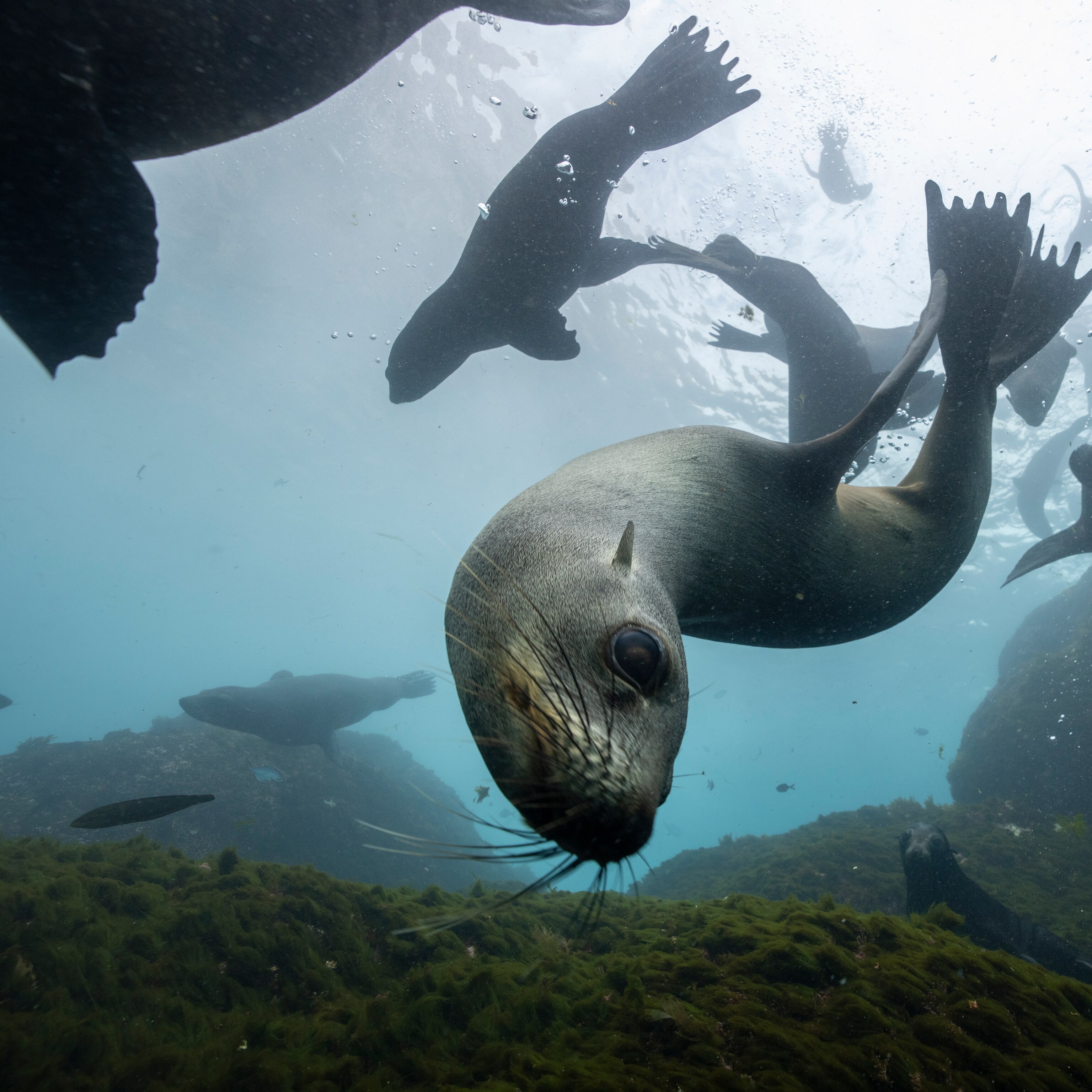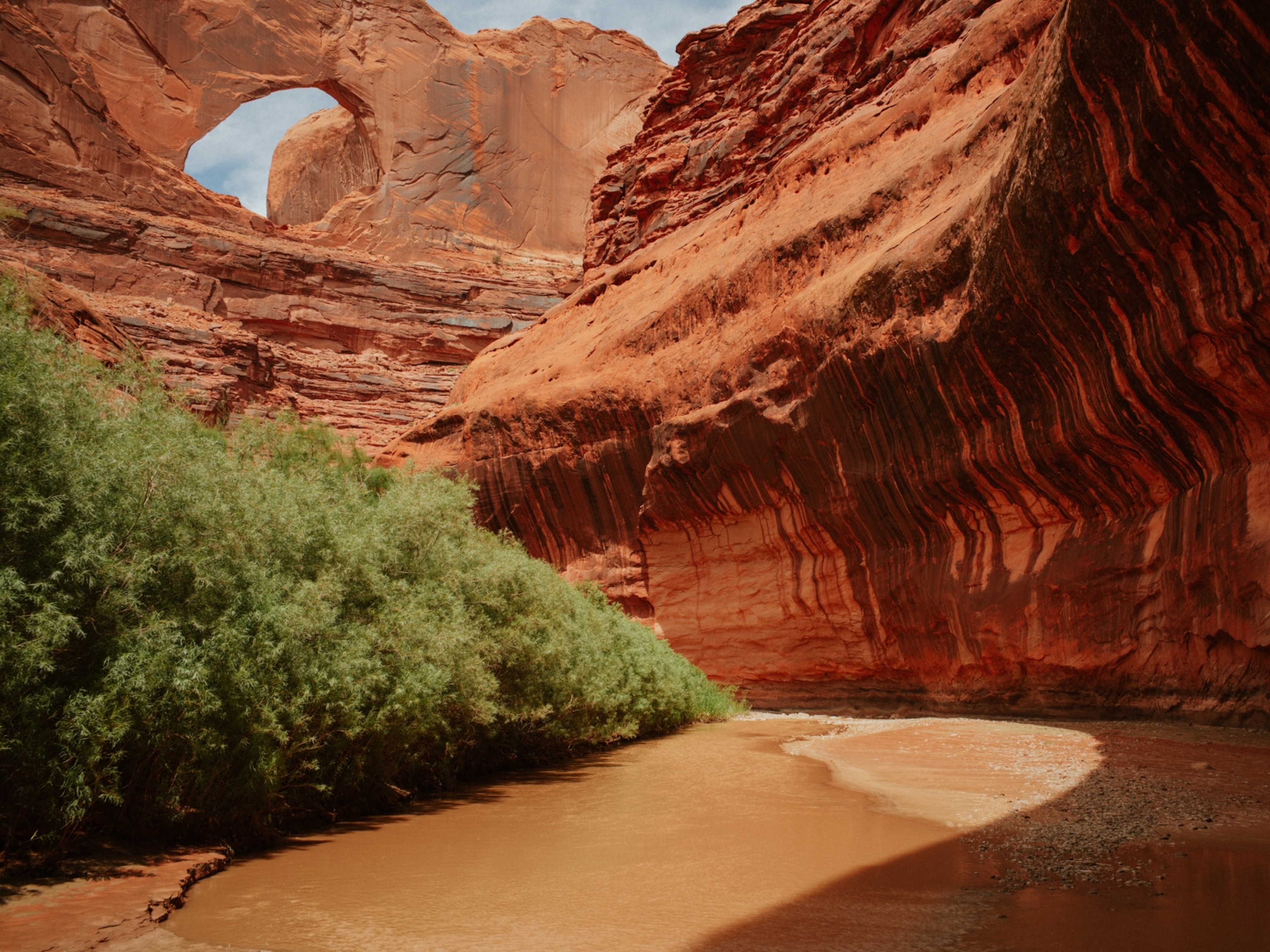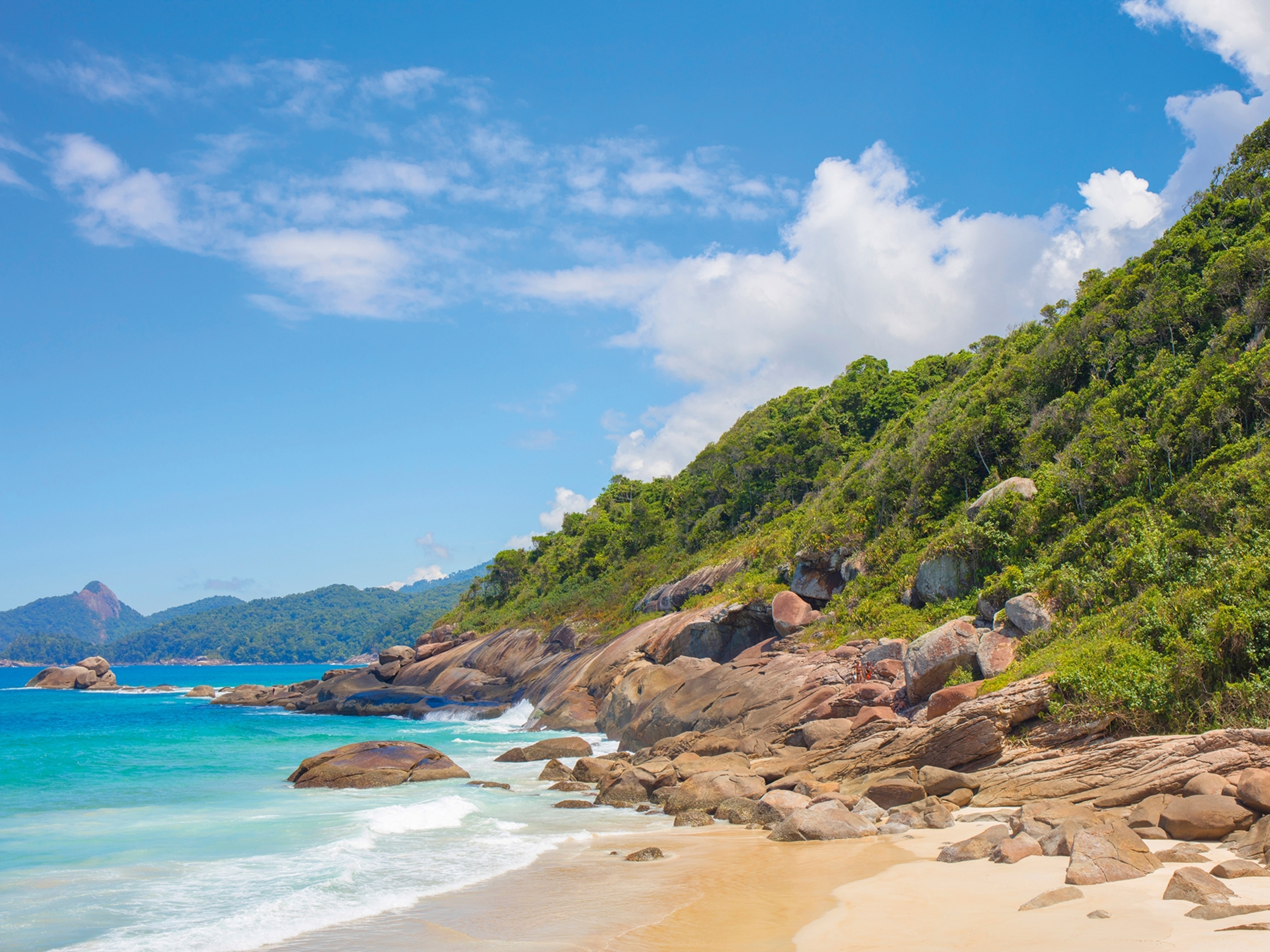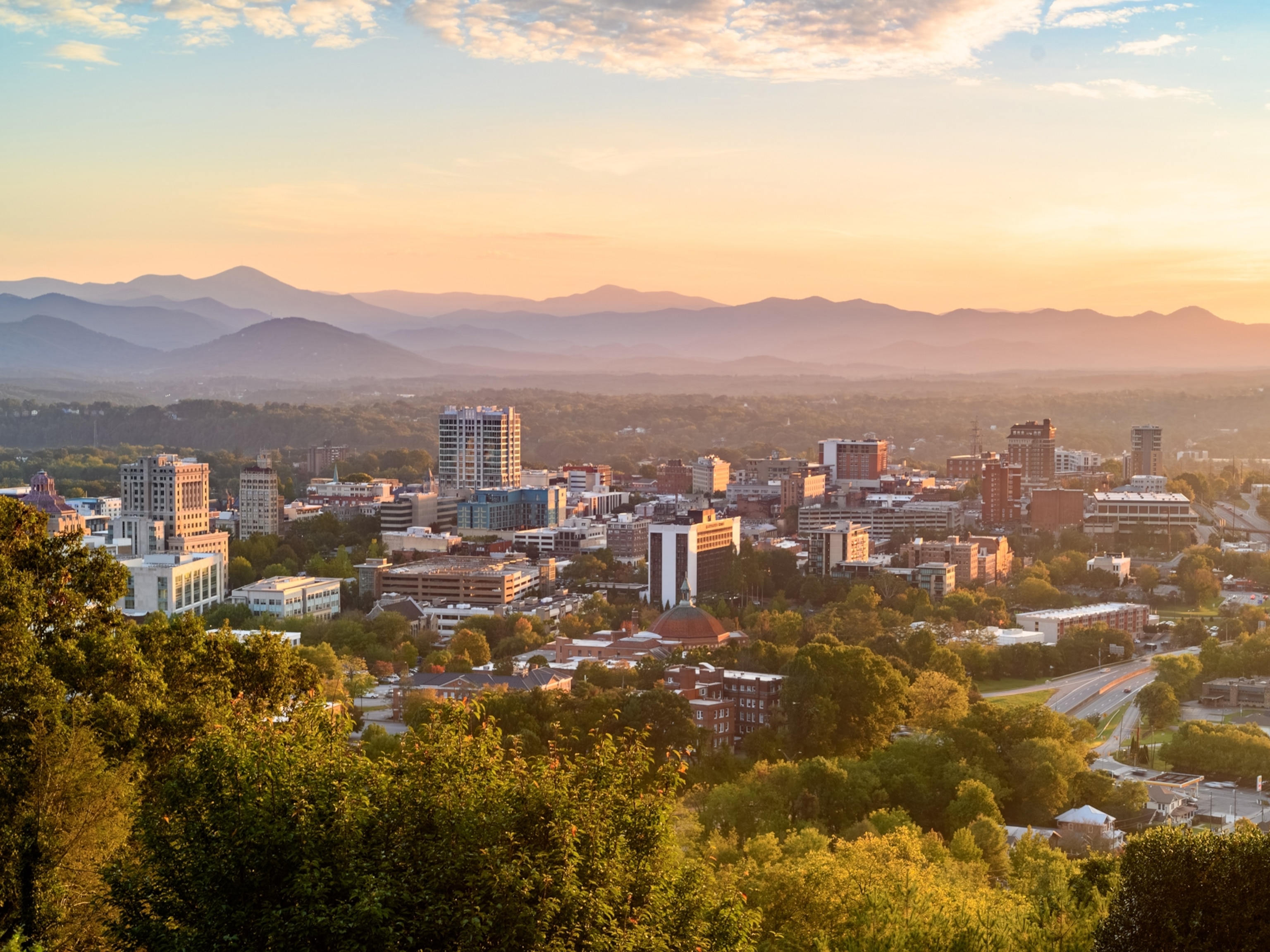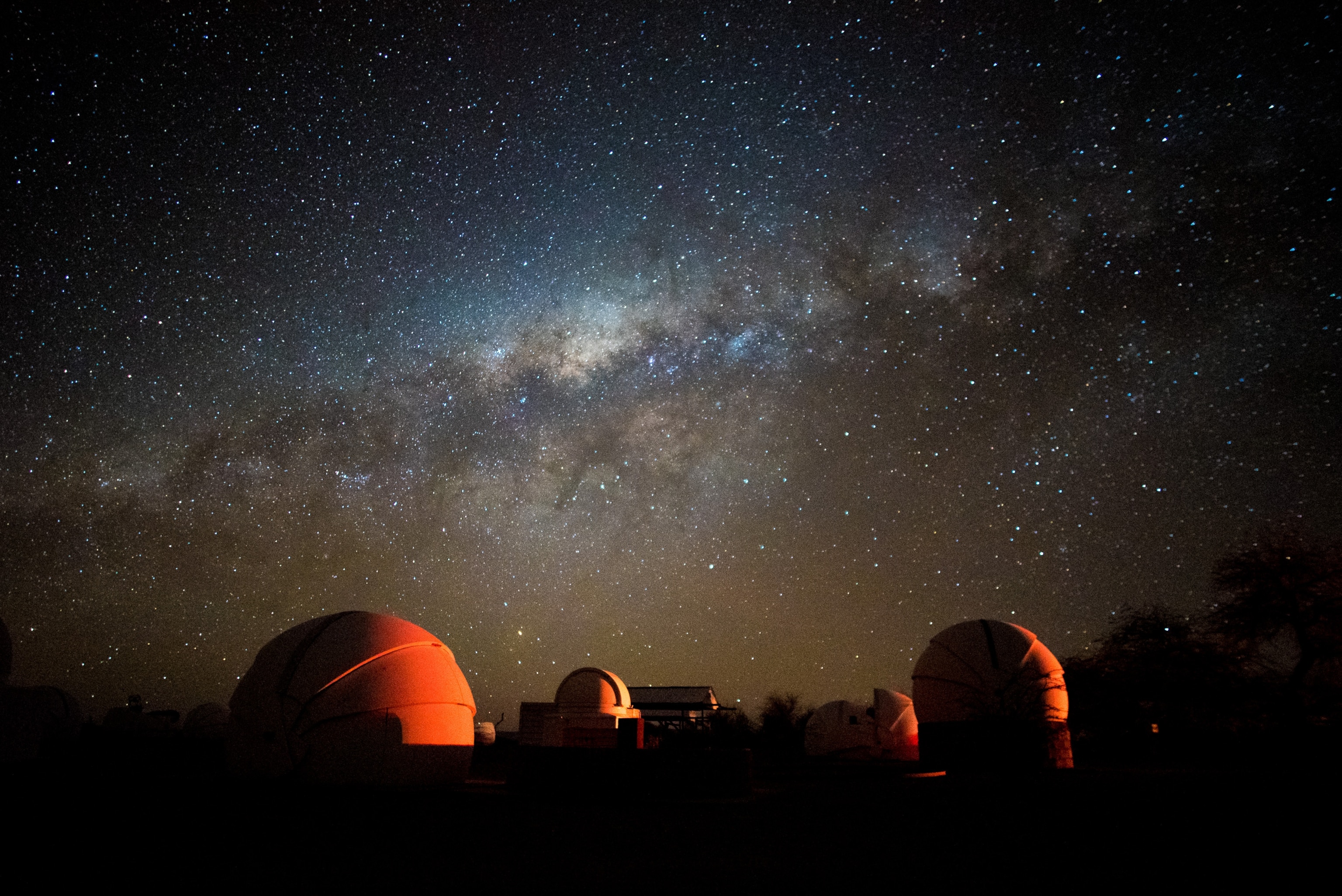
Venture into Chile’s wild open spaces
In a country filled with stunning natural beauty, adventures abound in every kind of terrain.
Everything is more vivid in Chile. The wind doesn’t blow, it howls. The mountains don’t loom, they reign. Even the shape of this long, narrow country adds to its rugged character and rewards those undaunted by long distances. Hemmed in by the Pacific Ocean and the Andes Mountains, going west and east is a relatively easy jaunt, but traveling north and south is a 2653-mile affair that takes one from arid, rugged deserts down to verdant mountains still actively carved by glaciers.
The first time I visited Chile, I instantly felt a tug at my heartstrings. I felt plugged in: like I’d been there before. It was almost like nostalgia in reverse―a yearning for all the adventures I was about to embark upon. I’ve visited Chile from top to bottom on several occasions while teaching photography on National Geographic Expeditions. Each time, a combination of ship, bus, and plane allowed me to explore Chile’s varied landscapes and several of the country’s more than 40 jaw-dropping national parks. Collected here are some of my favorite memories from the desert region of Atacama to the southernmost regions of Patagonia and Tierra del Fuego.
Chile’s famed Atacama Desert lies in the north near the border with Bolivia. Driving into San Pedro de Atacama, a hub of activity in the sparsely populated region, I had time to take in the rocky, ochre-colored expanses of one of the driest places in the world. Despite harsh conditions, I spotted wildlife like the vicuña, a cousin of the llama whose prized wool only Inca royalty was allowed to wear, and the viscacha, a rodent that looks like a rabbit, but is related to the chinchilla.
Not to be missed while in the Atacama, El Tatio geysers were well worth a pre-dawn van ride to arrive before sunrise. Despite visiting in the austral spring of October, winter still held its chilly grip at over 14,000 feet of elevation. White billows of steam rose from the geyser field against a pastel sky, making entire groups of people seem to disappear as the steam shifted with the wind. The high-altitude sun pierced the air when it rose above the horizon, coaxing a few brave souls to take a dip in the established hot springs. I pulled my beanie tighter and chose to stay lost in the clouds of steam.
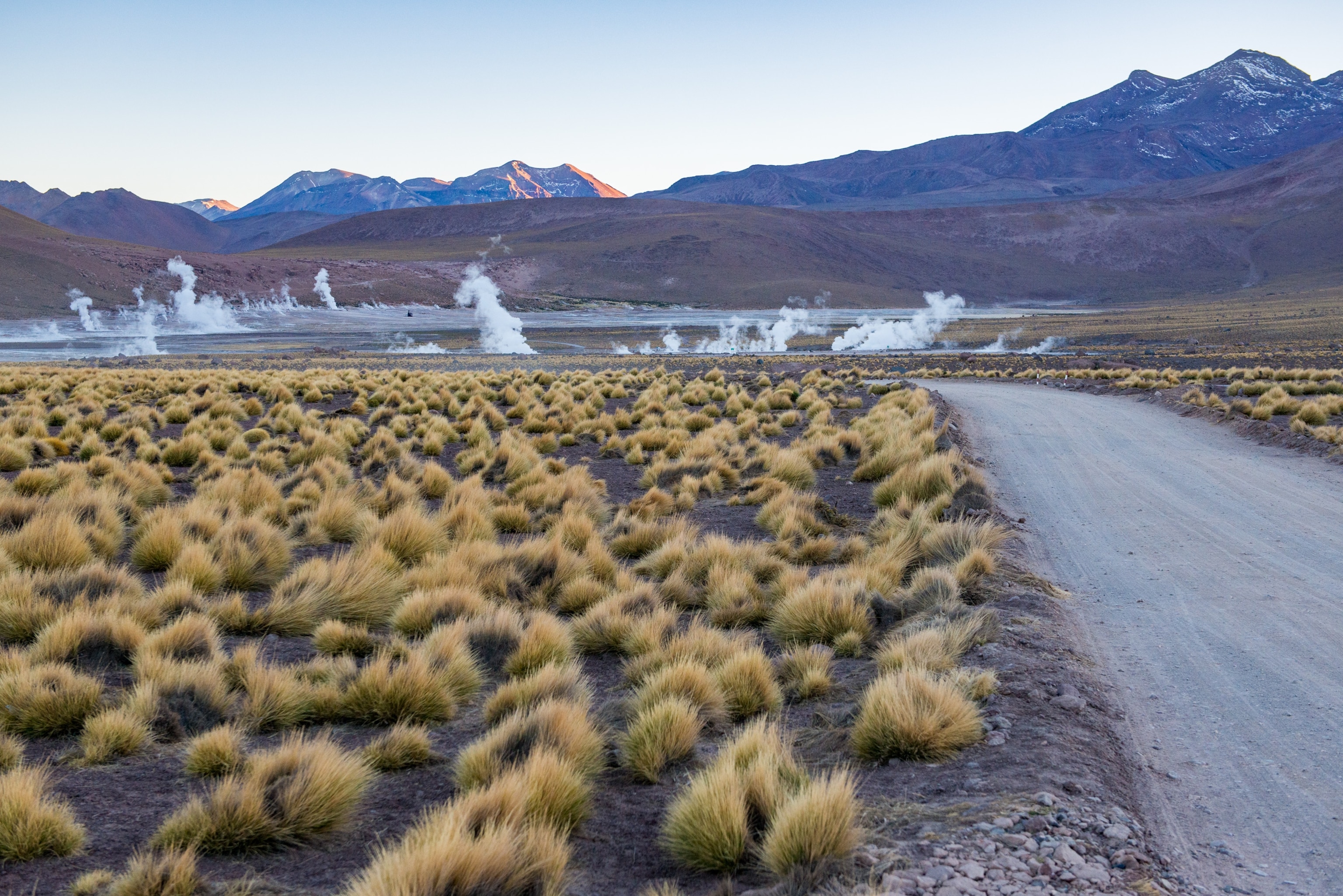
The day stretched from geyser viewing into an afternoon hike through the rough, lunar-like landscape of Valle de la Luna, the aptly named Valley of the Moon. The wonder of the desert continued after sunset as I marveled at the Southern Cross constellation in one of the darkest skies I’d ever experienced. The Atacama attracts stargazers from all over the world to visit its observatories because of little light pollution and arid, cloud-free weather.

At nearly the opposite end of the country, where the tip of the South American continent begins to bend eastward, I went stargazing in Torres del Paine National Park. That night the silhouette of the granite towers of the massif, iconic in the Patagonia region, weighed down the horizon like a sleeping giant as the Milky Way spun across the sky.
Those iconic jagged peaks would anchor my entire experience in Torres del Paine. As I went on multiple hikes in the surrounding landscape, from simple strolls to all-day outings, each new perspective and change in weather was a feast of beauty for my eyes and camera. Out at dawn to photograph one morning, I found myself in tears looking at the turquoise glacial lakes, snow-dusted granite monoliths, and rolling grasslands. I already was daydreaming about a return trip for a multi-day trek or to explore the surrounding glacier-capped mountains in the region.
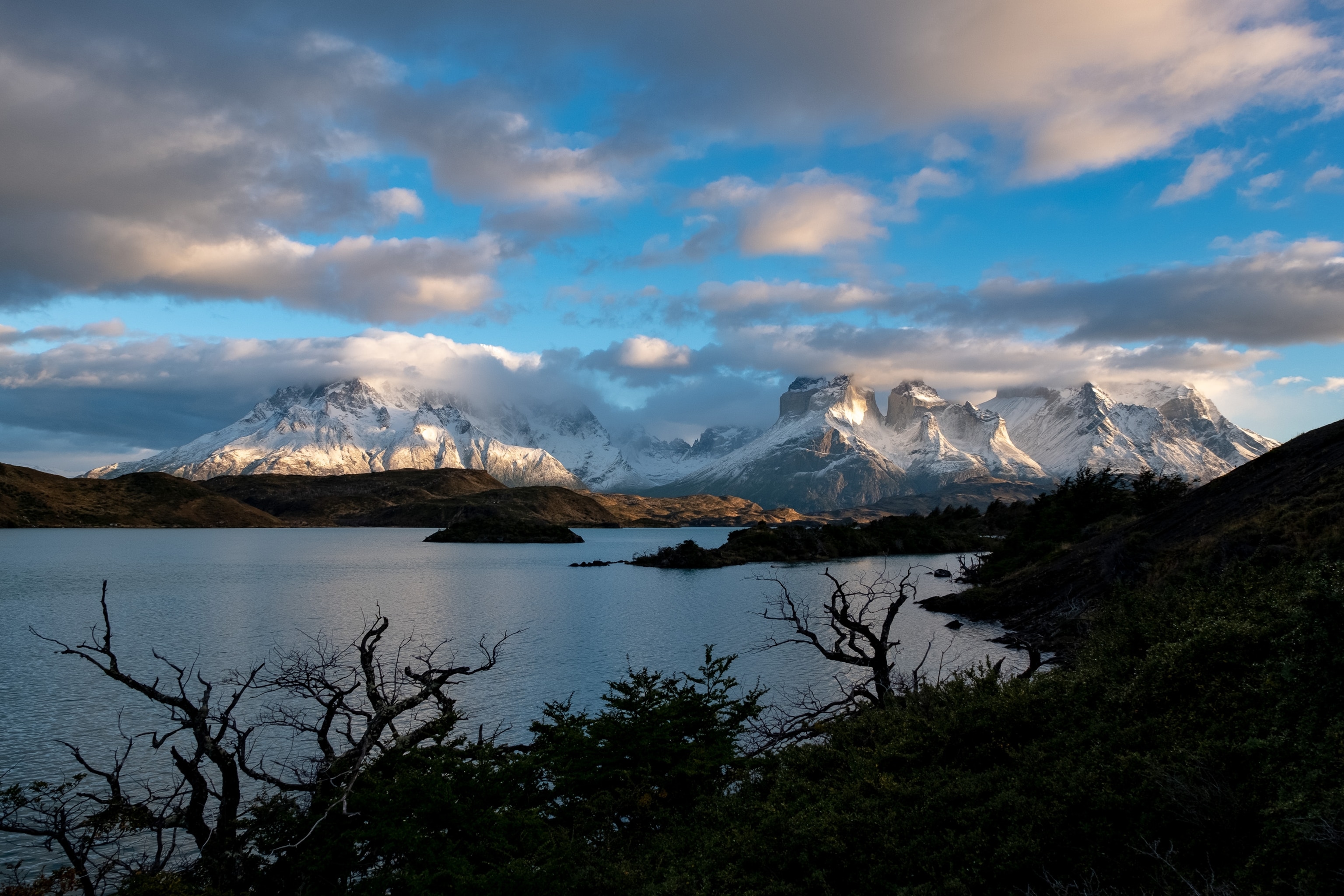
But before I left the Patagonia region, I had to experience a horseback ride in the pampas, the grassy plains surrounding the national park. My opportunity came on a very gray afternoon, but I resolved to not be deterred by a little weather. Galloping on horseback alongside a gaucho, my face streaked by rain and mud and my hair whipping in the famous Patagonian wind, I was giddy like a child. Riding across the sea of grass felt like flying that afternoon. I didn’t take a single picture, a rarity for a photographer, but that exhilarating experience is etched in my mind.
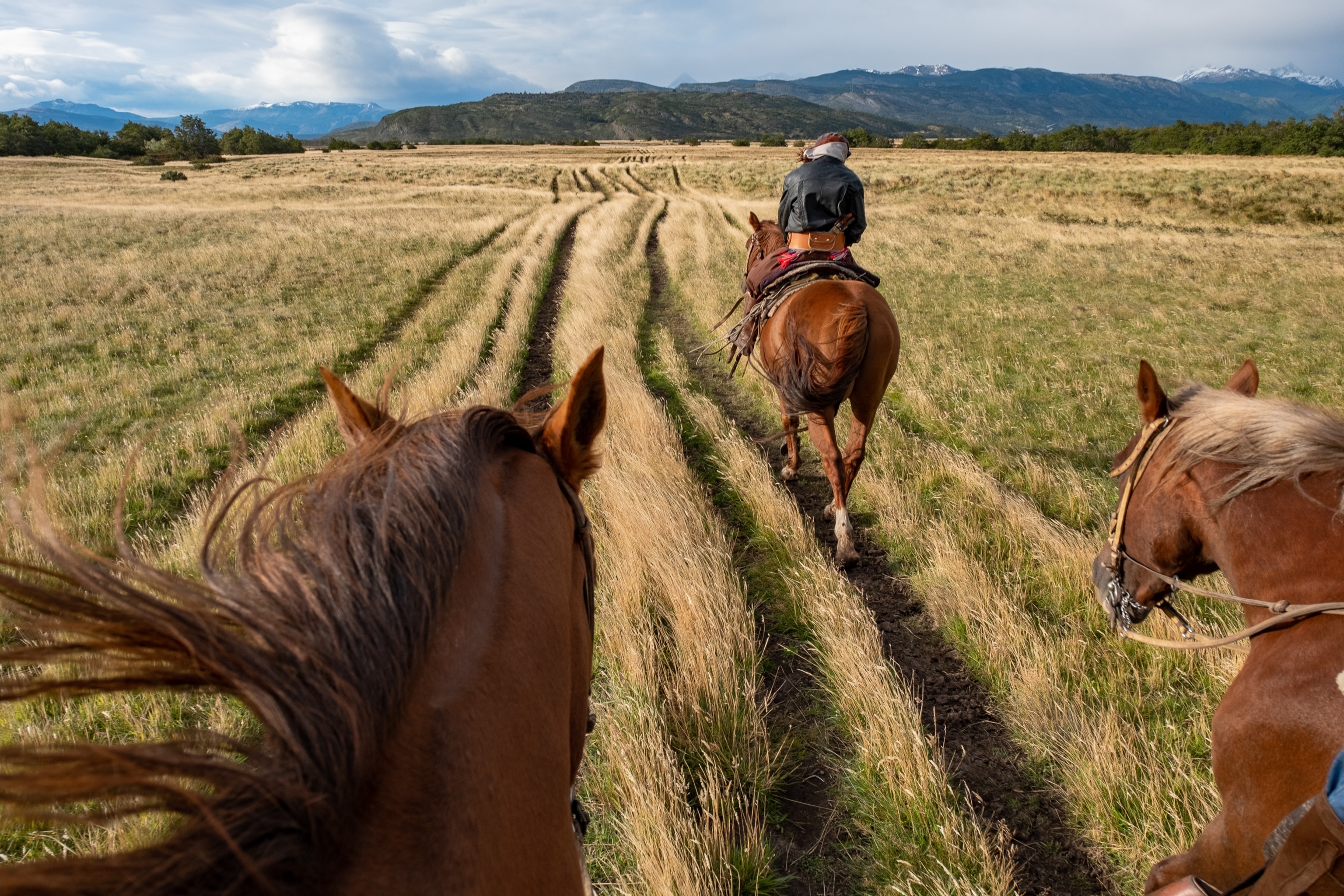
Heading south from Patagonia, Tierra del Fuego is the most remote region of Chile. This is where the tip of South America breaks into a watery wonderland of massive mountainous islands, emerald fjords, and ancient glaciers. I explored by ship, which made it easier to reach the epic landscapes of this far-flung natural playground.
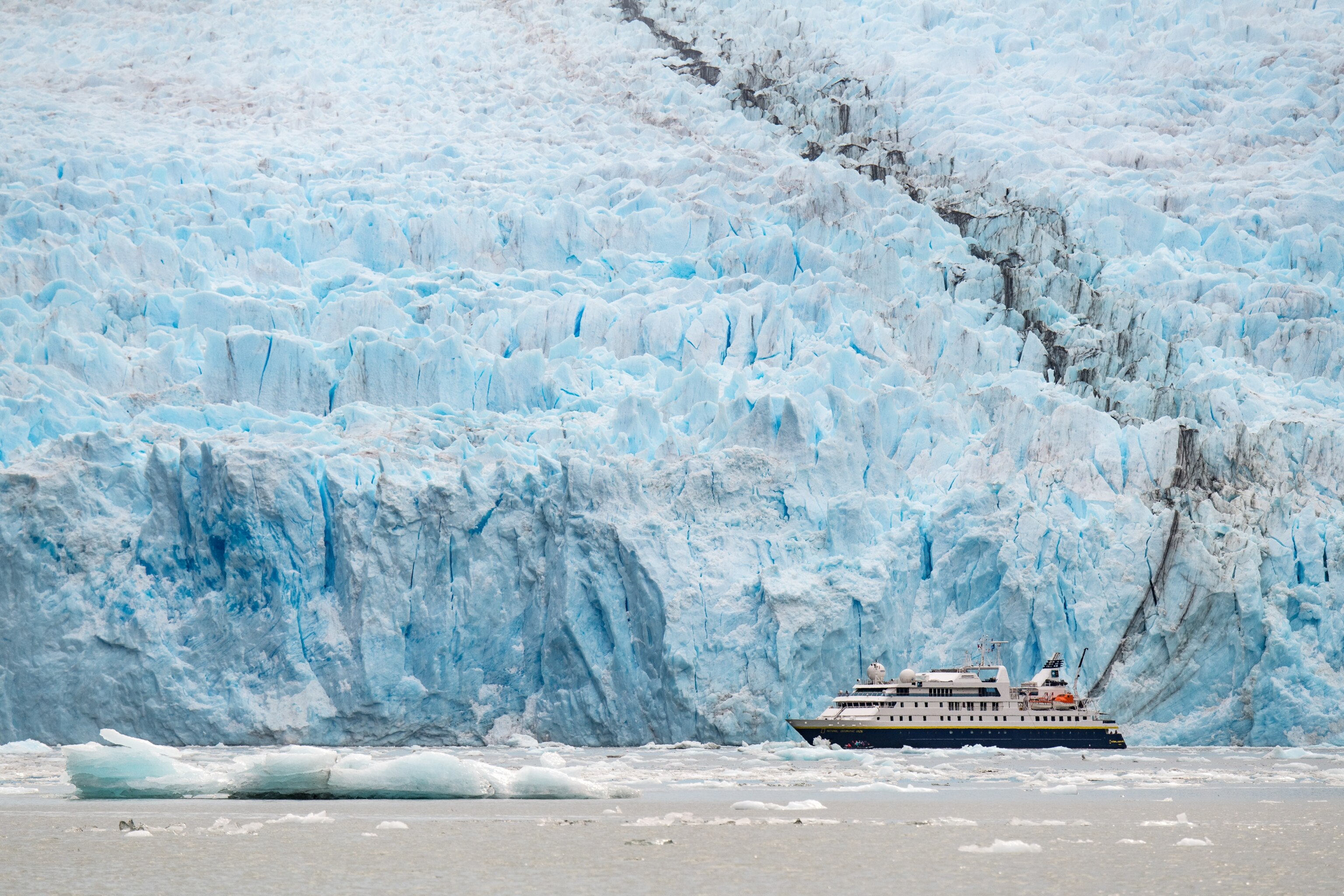
At Karukinka Natural Park on the Chilean side of the main island, I watched elephant seals sparring in front of majestic snow-dusted mountains, and hiked through a windswept beech forest. In Alberto de Agostini National Park I felt as if I had shrunk in the epic, pristine landscape of fjords and glaciers. But heading as far south as we could go, to Cape Horn, is where I remember an especially beautiful moment of nature.
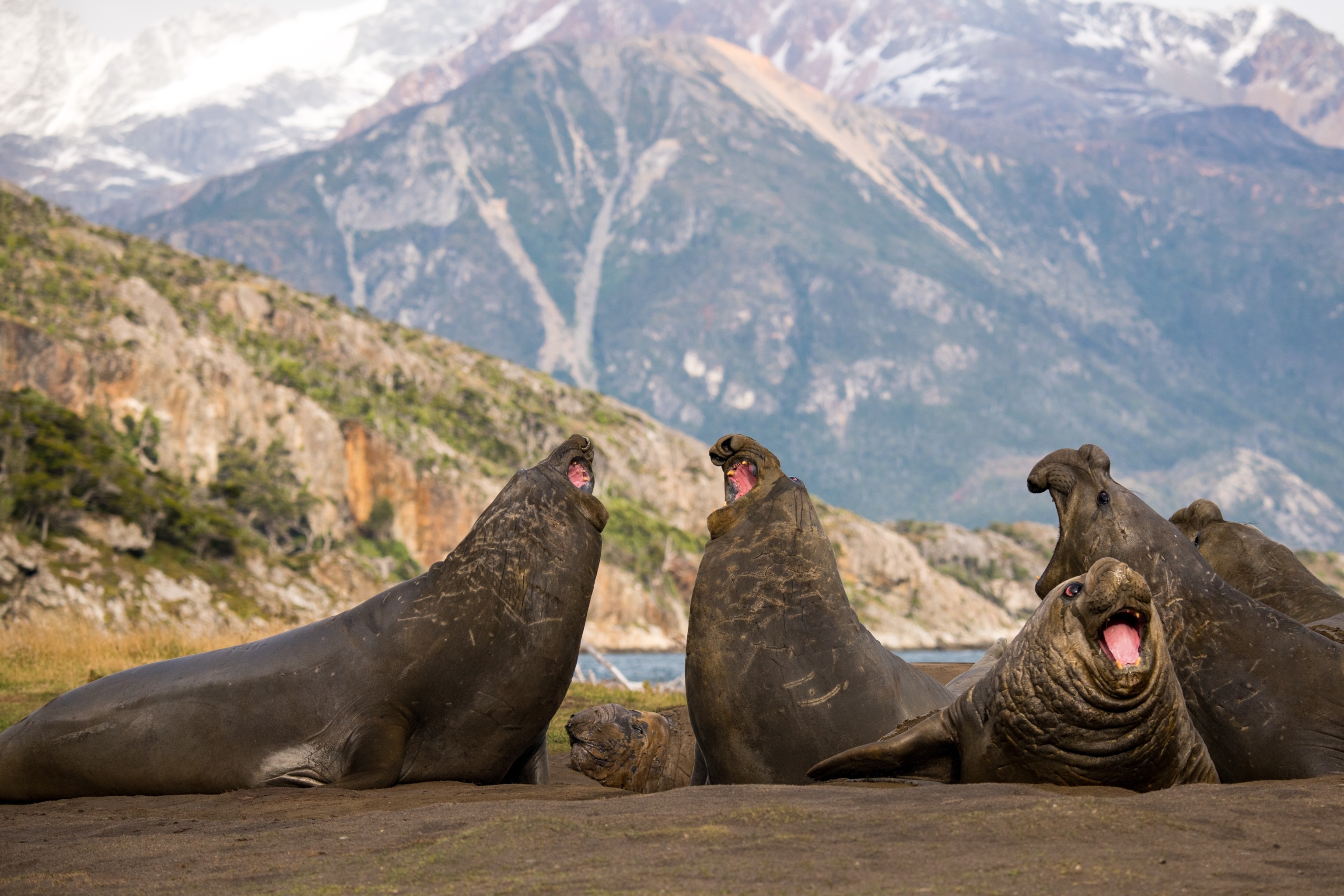
Cape Horn marks the northern boundary of the Drake Passage, the often turbulent waters between Chile and Antarctica. I was exploring the headland by foot, and got caught in torrential rain as I trekked to the lighthouse. I tucked into a small wooden chapel by the lighthouse keeper’s home for a respite until the last possible moment to return to the ship. As I rushed back, dodging raindrops, the sun broke through the clouds and illuminated the most beautiful rainbow over the lighthouse. I’ve learned that when nature’s magic is on display, you don’t leave, even when soaked to the bone and at risk of missing the last Zodiac back to the ship. You revel.
The poet Pablo Neruda said of his homeland, “Anyone who hasn’t been in the Chilean forest doesn’t know this planet.” I would venture to say that his sentiment applies to all of the wild places in Chile, and now my heartstrings are tied to those places too.
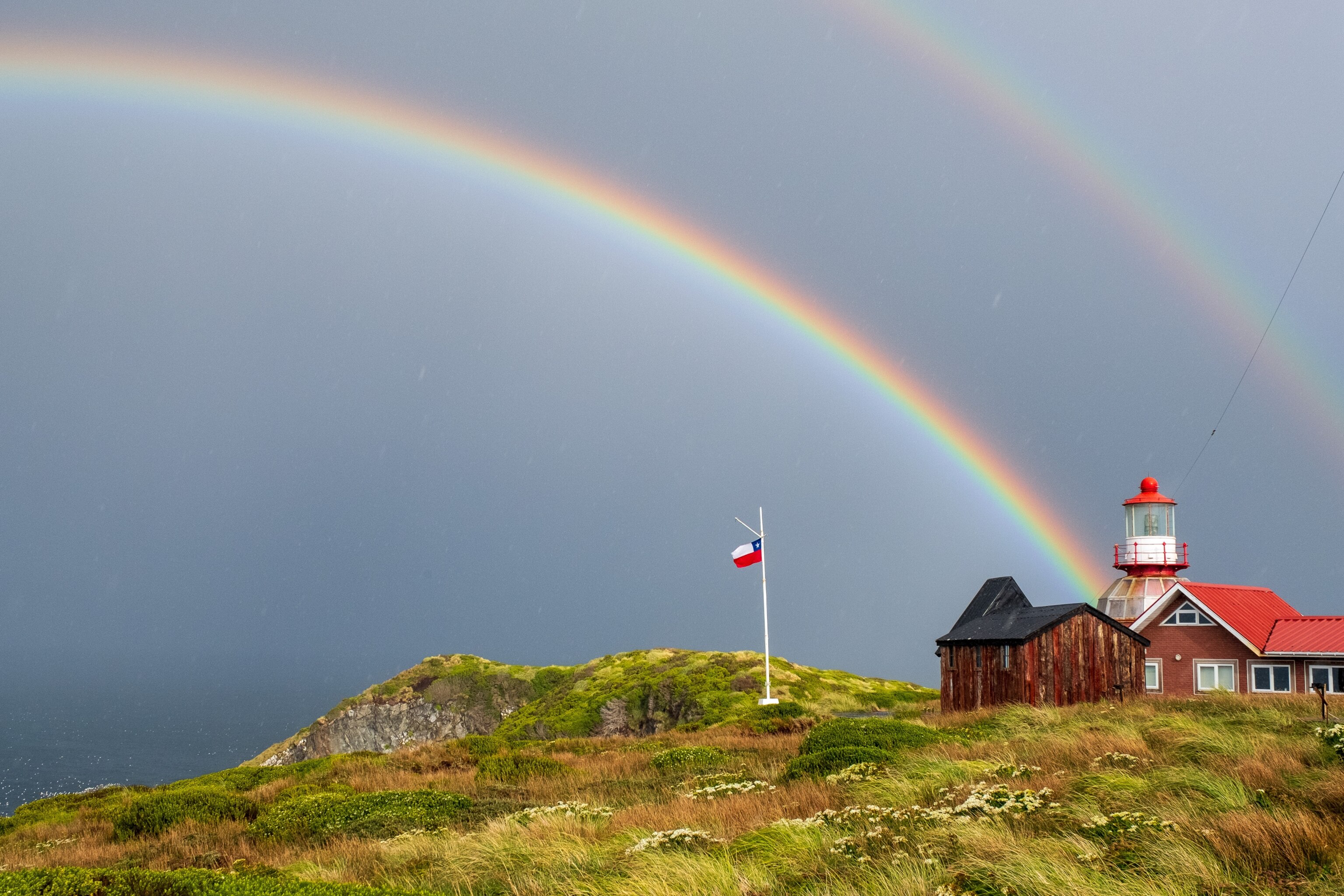
To experience Chile on a National Geographic Expeditions trip, click here.
